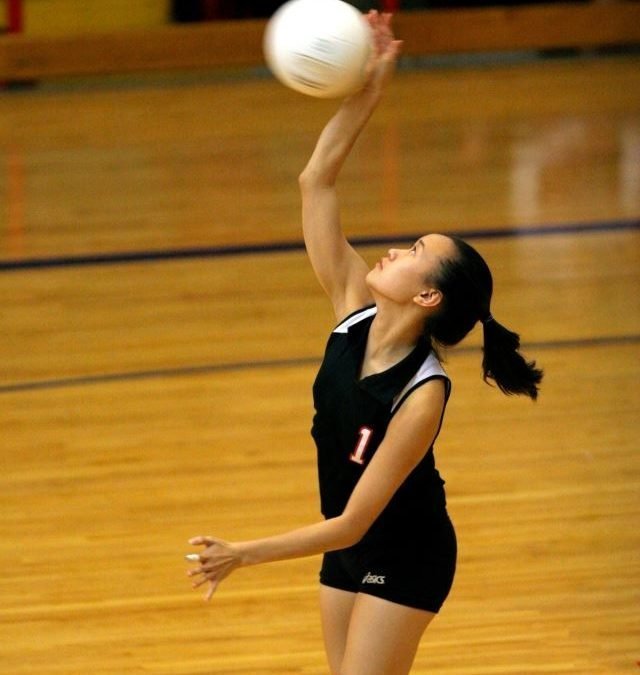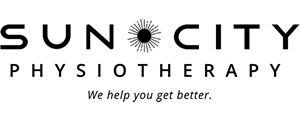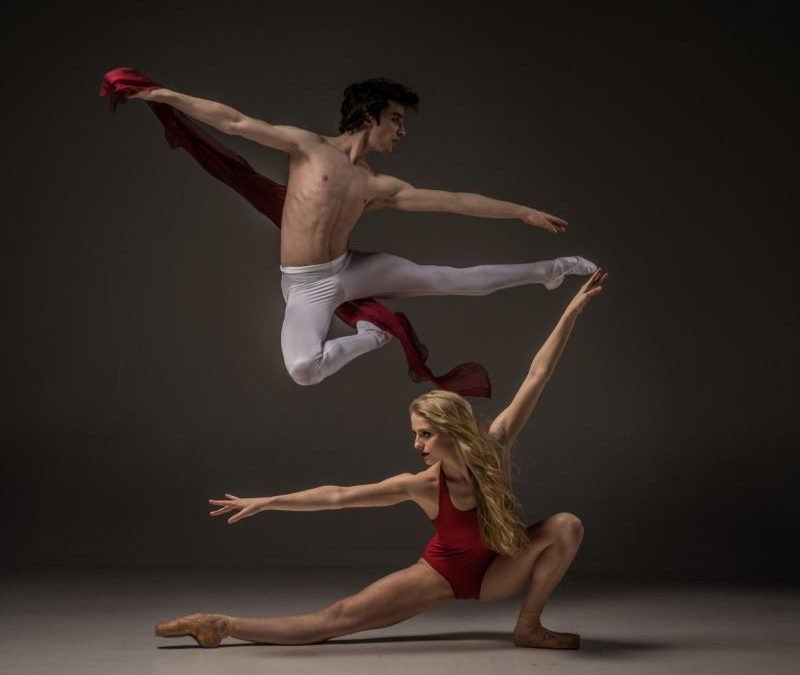
Jumper’s Knee
Jumper’s Knee
Patellar tendonitis, commonly referred to as ‘Jumper’s Knee’, is a breakdown of the soft-tissue structure connecting the knee cap (patella) to the shin bone. We see this condition quite frequently in the clinic, and it tends to affect people participating in any activity involving repetitive squatting movements, or repeated jumping. This would include volleyball and basketball players, gardeners, and runners just to name a few.
Excessive physical stress can cause micro-tears in the fibers comprising a tendon. The body recognizes this and sends inflammation to the tendon to start the healing process. Special cells start to lay down new tissue (a form of scar tissue) and clean up damaged tissue. Pain, swelling, redness, heat, and loss of function are common signs associated with this inflammatory process. When inflammation occurs in the tendon connecting the knee cap to the shin bone, we call it patellar tendonitis. Your physiotherapist can help you rehabilitate from this injury in many ways.
In the early phases (acute phase) of injury the inflammation in the tendon needs to be resolved. Icing the injured tendon for 10 minutes at a time several times a day will help this process in the first few days of aggravation. The proper use of a patellar strap can also help in decreasing the inflammation. A patellar strap is a piece of neoprene or tubing that is attached just below the knee cap directly on the patellar tendon. It helps to decrease or redirect the forces traveling through the tendon, therefore limiting the amount of inflammation created during the day. Also, your physiotherapist may use modalities in the clinic such as ultrasound, cold laser, and interferential current that may help to speed up removal of the inflammation.
After about 5-7 days, the tissue enters a new phase of healing called the sub-acute phase. New tissue starts getting laid down. This new tissue your body has put down on the injured tendon needs to be re-modeled so it is aligned along the lines of stress and has appropriate length. This can be accomplished with a physiotherapy technique called deep transverse friction massage along with appropriate stretching exercises for the quadriceps muscle group in the front of your thigh.
Along side tissue remodeling and stretching, the new tissue also needs to be strengthened in a controlled environment. Drop squats are exercise of choice for these types of tendonitis. This involves a progressive squatting program of speed and load. Parameters provided by your physiotherapist are vital for success.
Other strategies your physiotherapist may employ include analyzing the alignment of your whole lower extremity, and screening the biomechanics of surrounding joints (hip and ankle), muscles and ligaments. There are often secondary instigators of patellar tendonitis such as excessively tight quadriceps muscles that increase the potential for the patellar tendon to break down, or poor arch control in the foot that can increase the angle of force through the knee and respective patellar tendon. Your physiotherapist may also revise factors such as your training progression, or modify the way you perform certain activities such as squatting in the garden.
Depending on the severity of the patellar tendonitis, in about 4-6 weeks you’ll be jumping for joy and back doing the activities you love once again.

